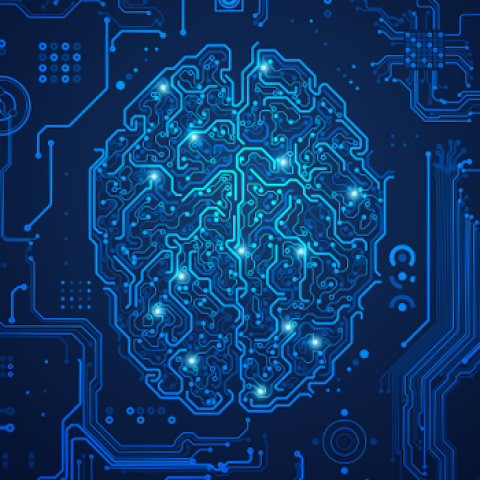Interdisciplinary Initiatives Program Round 9 - 2018
Shaul Druckmann, Neurobiology and Psychiatry & Behavioral Sciences
Tom Clandinin, Neurobiology
Animals are not merely simple input-output machines, responding only to their immediate environments. Just as a human’s mind is constantly filled with expectations based on past experience and presumptions regarding what may come to pass, so is an animal’s behavior influenced by internal states. These states mediate a combination of individual experience and genetically encoded information to allow an animal to choose more successful behaviors by utilizing an understanding of their present and future environment. Indeed, natural environments are richly structured, containing conspecifics, prey, predators, and inanimate objects. Each of these entities are imbued with distinct constellations of physical properties that are partially predictable. Without a doubt, the difference between surviving and perishing often turns on an animal’s ability to form, retain and use these neural representations of the future. But what kind of predictive model of an environment can be built by the brain? How is it implemented in populations of neurons? What are its computational limitations? Here we propose to develop unique, cutting edge experimental and theoretical approaches to dissect the internal world of animals and understand the neural basis of prediction.



